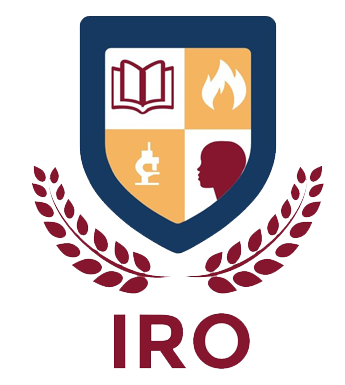Volume - 7 | Issue - 4 | december 2025
Published
28 October, 2025
The study is aimed at incorporating Web-AI (IESWS-LGBM) systems into the higher education curricula, specifically focusing on the development of creative thinking and innovation based on the use of digital ICH assets. The research was conducted on 52 undergraduates in the experiential learning program at the School of Ethnology and Sociology at Guangxi Minzu University. Additionally, 240 undergraduates from various branches of science, engineering, and arts were taught at a university in Southeast Asia. Specialized innovation courses focused on an AI application that provided audio for the digital assets of ICH. Although the strategy is unique to one institution, it is likely to be more beneficial and assist other colleges attempting to improve student creativity through the application of cultural elements in addition to the primary focus of the strategy. The research employed a mixed-methods design including pre-and post-tests, behavioral observation, questionnaires, interviews, and evaluations of projects. Quantitative data indicate a 26.4% increase in cognitive knowledge of ICH. Behavioral data shows that 92% of students reported increased levels of cultural motivation with 86% of the students being actively engaged. One of the most important aspects of the data is that 76% of the students in rubric-based exams evaluated the creativity criterion. The proposed model IESWS-LGBM has also demonstrated an increased accuracy (91.5%) in evaluating students’ creativity compared to previous models. These results suggest that ICH with the help of technology is quite effective at promoting critical thinking, originality, and multicultural learning among students in institutions of higher education.
KeywordsIntangible Cultural Heritage Innovation Ability Higher Education Experiential Learning IESWS-LGBM Digital Resources Student Engagement

